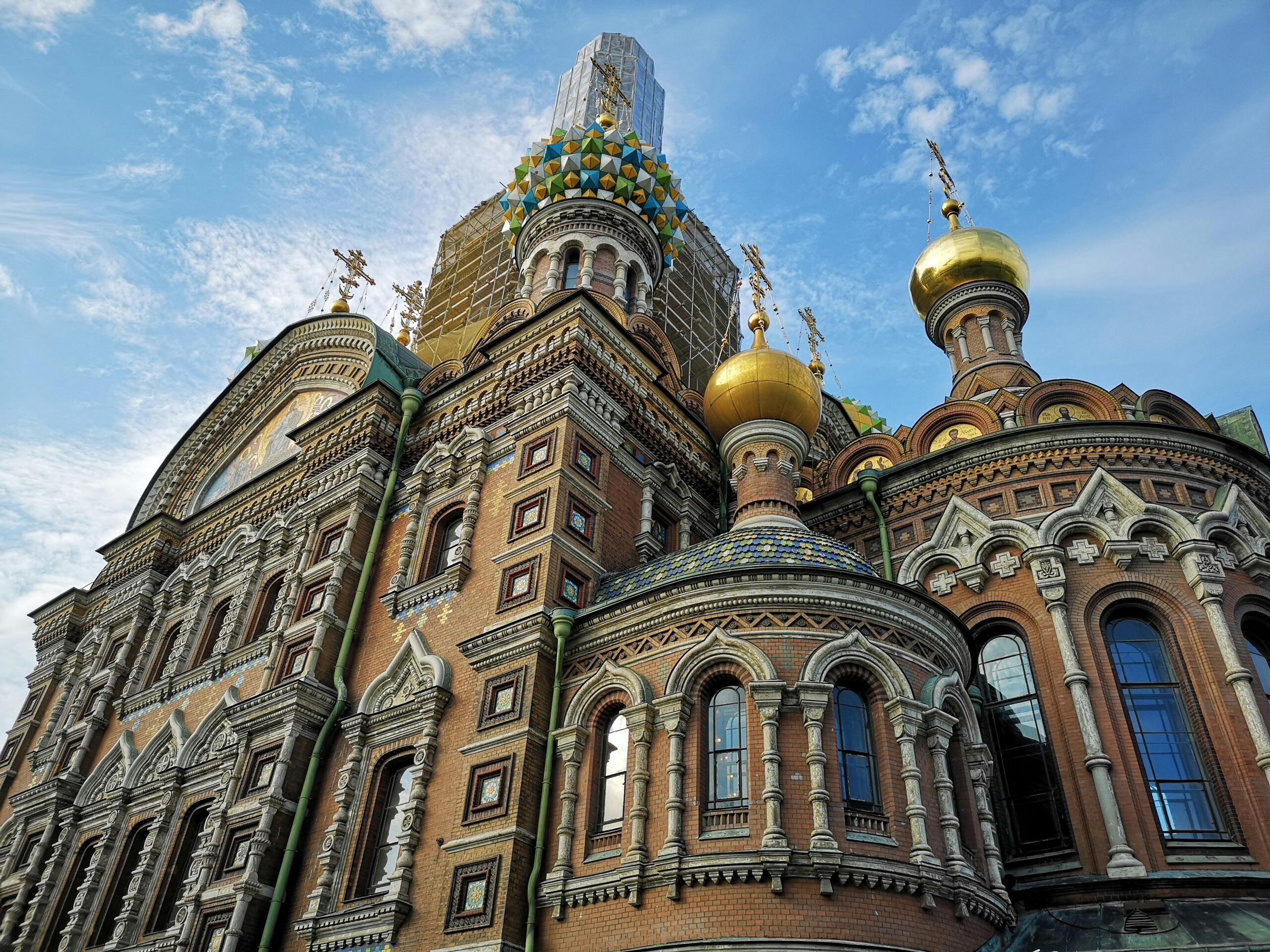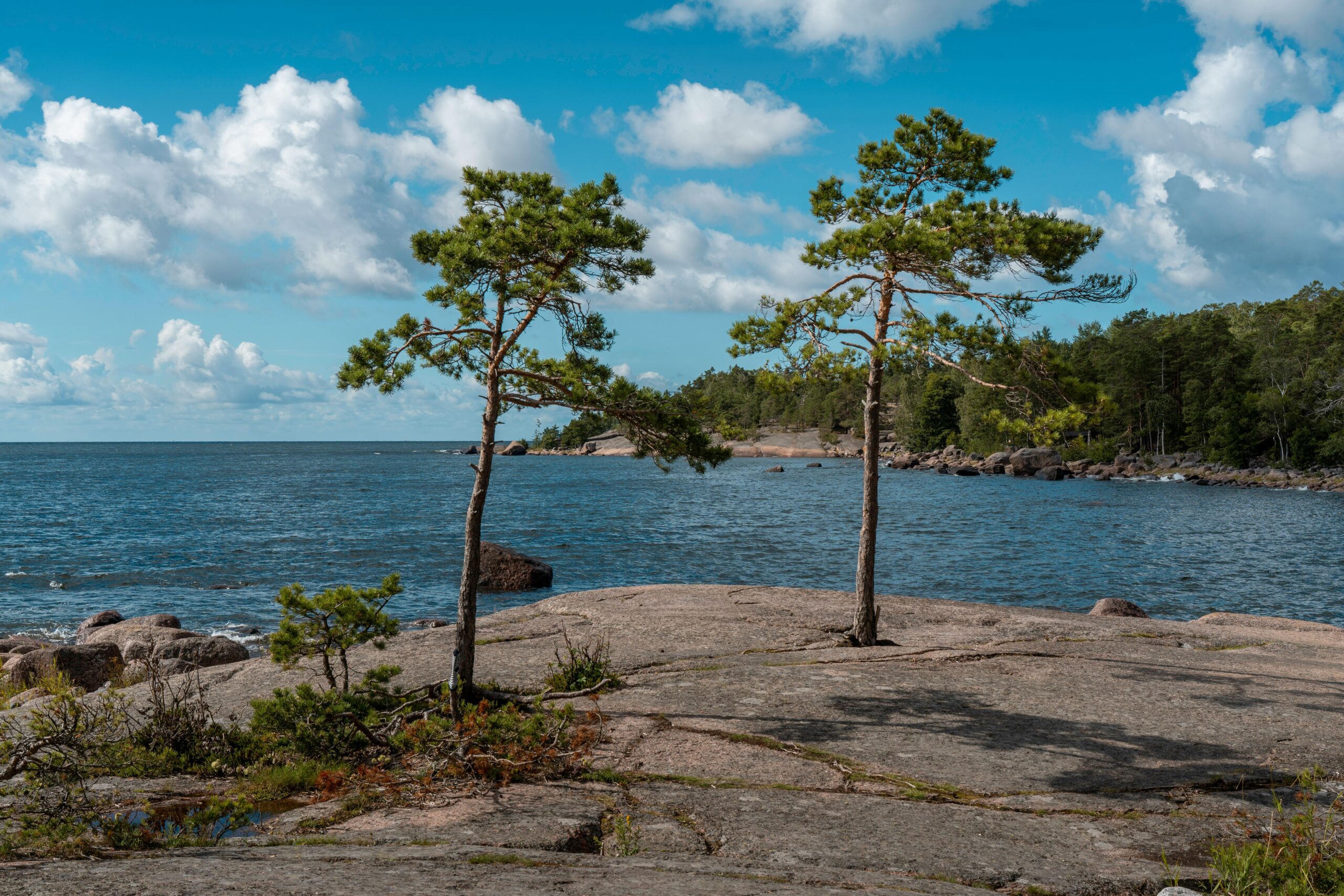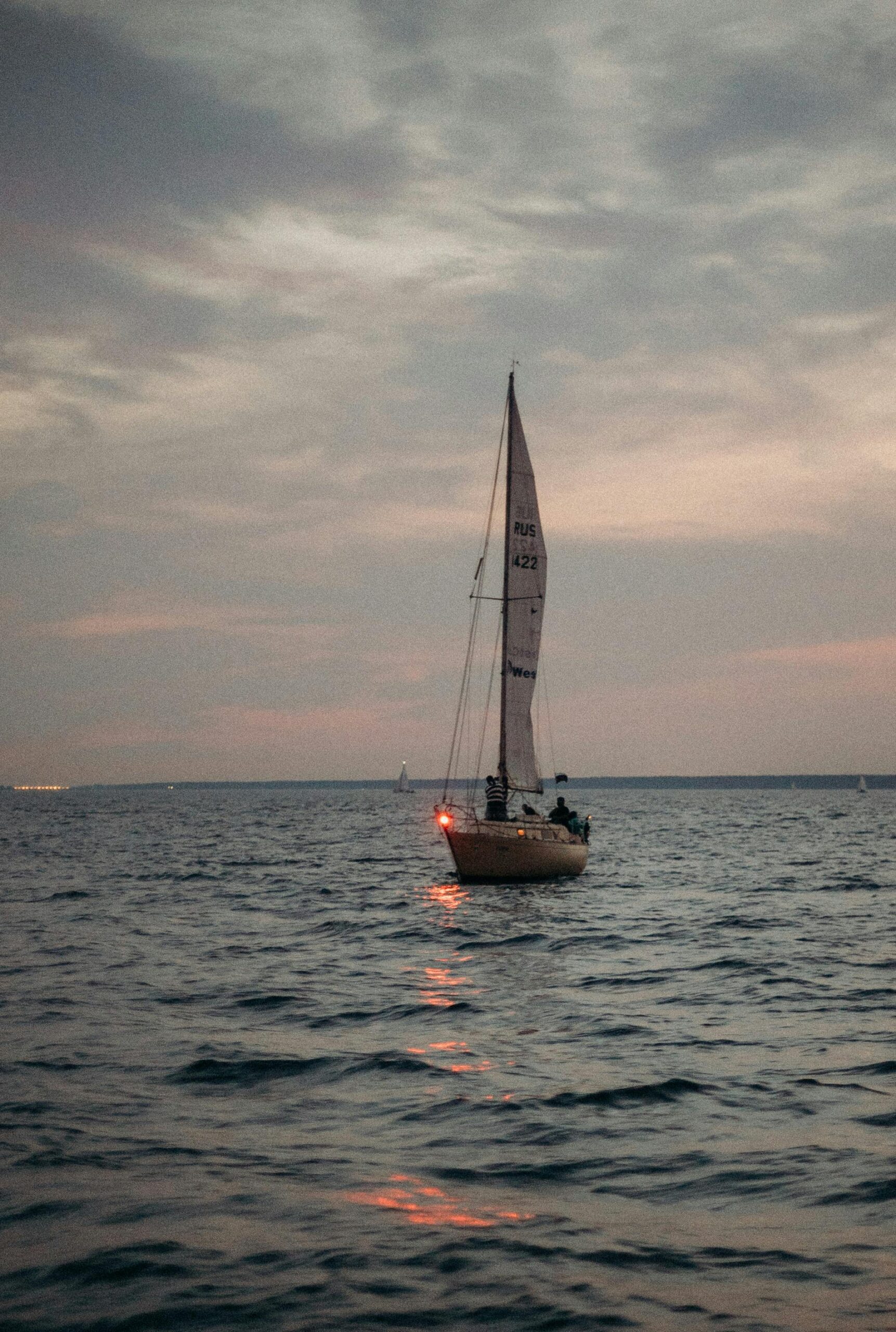The Gulf of Finland, the easternmost arm of the Baltic Sea, is famous for its three major cities: Helsinki, Tallinn, and Saint Petersburg. It is a vital waterway for trade and navigation, and its strategic importance has shaped the history of the region
The History of the goulf
The Gulf of Finland is the easternmost arm of the Baltic Sea, stretching for approximately 400 kilometers and serving as a crucial waterway for the nations that line its shores. It is bordered by Finland to the north, Estonia to the south, and Russia to the east, where the Neva River empties into the gulf, and the city of St. Petersburg is situated. Historically, this body of water has been a vital nexus for trade, culture, and conflict. Its strategic position made it a contested territory for centuries, particularly between the Swedish and Russian empires. The city of St. Petersburg, founded by Peter the Great in the early 18th century, was established as Russia’s “window to Europe,” and its existence was intrinsically linked to control over the Gulf of Finland. Naval battles and skirmishes were common throughout this period as the great powers vied for dominance. The Winter War and the Continuation War during the 20th century saw intense naval and air activity in the gulf. Its history is also marked by countless maritime incidents. The treacherous waters, often shrouded in fog and ice, have claimed numerous vessels over the centuries. One of the most significant tragedies occurred in 1994 with the sinking of the passenger ferry MS Estonia. While this event happened in the open Baltic Sea, it is a stark reminder of the dangers of the region’s waters. The Gulf itself holds the remains of many ships, from ancient trading vessels to warships from various conflicts. These wrecks are often explored by divers and historians, providing a glimpse into the region’s turbulent past. The number of wrecks is so great that it has been called one of the most concentrated underwater cemeteries in the world.
Ferries on the gulf
Navigating the Gulf of Finland is made incredibly easy by the efficient ferry system connecting Helsinki and Tallinn. For anyone, like us, making this journey, having a convenient and reliable way to cross between the two ports is a huge advantage. There are three major companies that operate on this popular route: Viking Line, Finnlines, and Tallink. Each offers a distinct travel experience, with a variety of ships and services to choose from. They all provide frequent daily sailings, with the crossing typically taking between two and three hours. For our trip, we decided to book with Tallink. They are well-regarded for their modern and comfortable ships, which are designed to make the short journey a smooth one

Viking Line has been a key player in Baltic Sea travel since 1959. It pioneered car ferries on routes connecting Finland, Sweden, and Åland. Today, the company operates a modern fleet, including the Viking XPRS for the Helsinki-Tallinn route. Other ships like the environmentally friendly Viking Glory highlight their commitment to modern, sustainable travel. The fleet is designed for comfort, offering on-board amenities like dining and shopping.

Finnlines, founded in 1947, is a Finnish shipping company specializing in Ro-Pax vessels that transport both passengers and freight. This focus makes them crucial for trade between Finland and the rest of Europe. Their modern fleet includes the new Superstar class vessels, like the Finnsirius, which offer enhanced passenger amenities such as spas and restaurants, while still maintaining a high cargo capacity.

Tallink, a major ferry operator on the Baltic Sea, was founded in 1989. Known for its modern “shuttle” ships, it is a top choice for the Helsinki-Tallinn route. The fleet’s newest vessels, the MyStar and Megastar, are designed for both speed and passenger comfort. For our motorhome trip from Tallinn to Helsinki, we used Tallink because their ships are well-equipped to handle large vehicles, making the journey convenient.

We also would have loved to travel along the coast of the Gulf of Finland and visit Saint Petrsburg. However, due to both time constraints and certain administrative procedures, we decided it was better to simply cross the gulf. We hope to make that journey soon, though!

